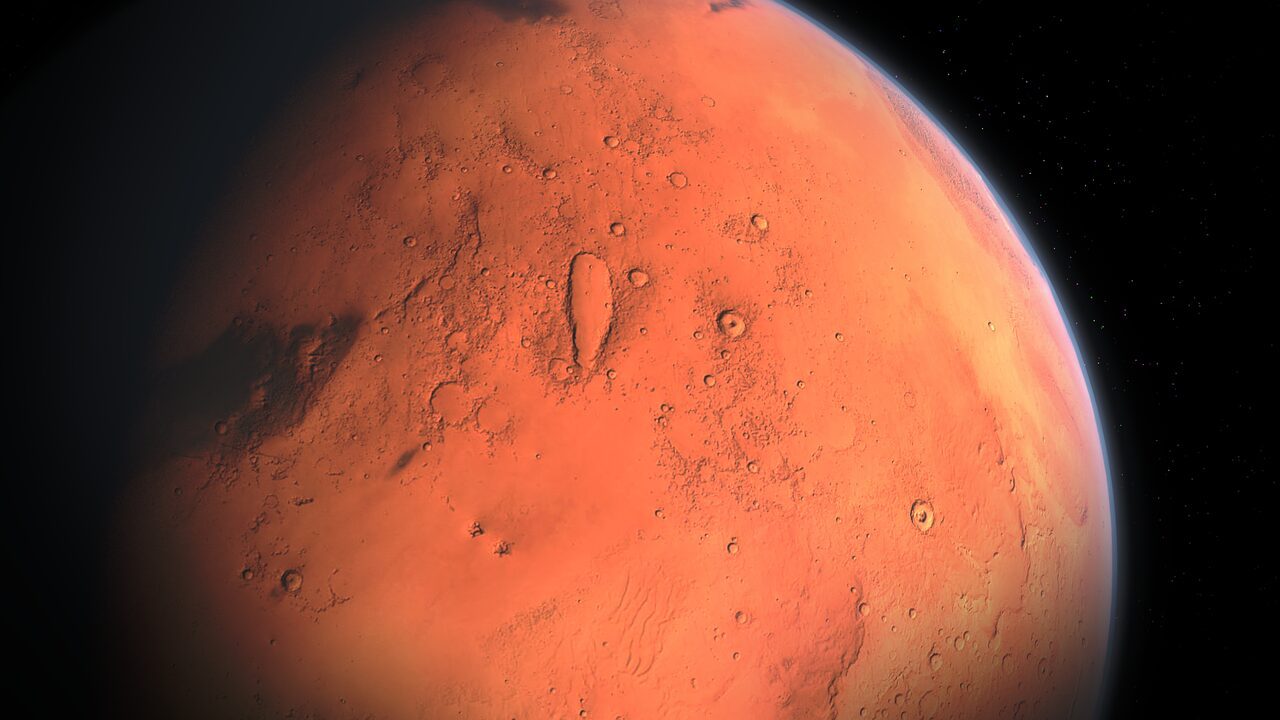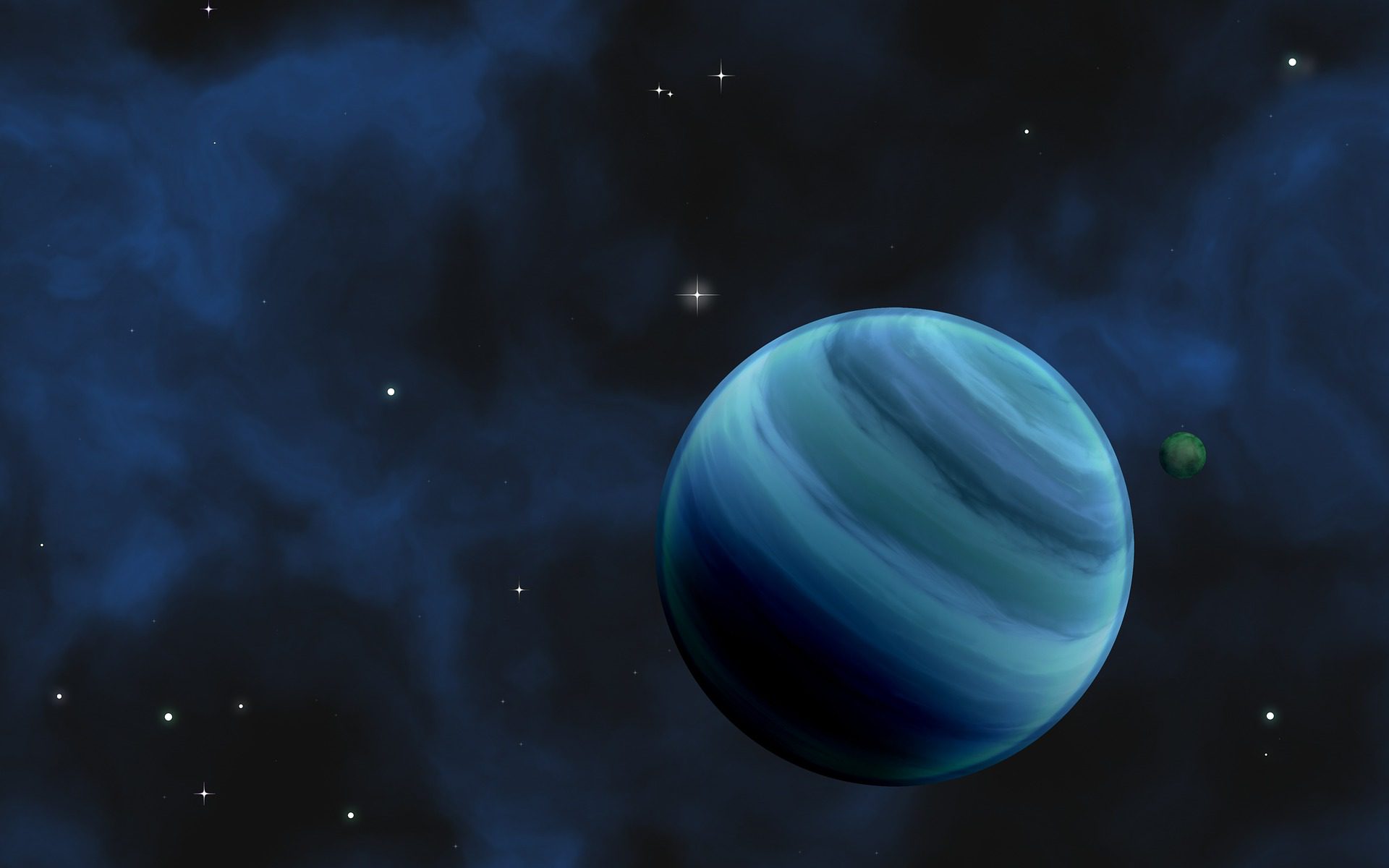As the whole world is looking at AI with very high hopes to bring technological advancements drastically, we bring you the niches that AI has already carved in the field of Space exploration. NASA and other space agencies have used AI to carry out important studies like craters on extraterrestrial bodies. NASA’s huge telescopes use AI to scan exoplanets. AI technology has helped NASA and has always proved to provide reliable and efficient results. Let’s take a deeper dive into some of the major accomplishments of AI in the field of Space exploration.
AI helps in the discovery of new craters on the surface of Mars.

Nasa has been carrying out many important studies using advanced classification techniques, and one of them has borne tremendous fruits.
The tool analyzes thousands of photos to detect surface changes that may indicate the presence of new craters.
NASA’s AI classifier had to detect irregularities on Mars’ surface by giving it datasets of even surfaces. It also had to send the datasets of those areas any meteor hits to facilitate feature recognition and allowed detection of more and more points of interest on the surface of Mars. The importance of the tool in studying the neighboring planet lies in relieving the workload of scientists since the AI is more agile in the task.
AI is used to analyze exoplanets.

One of the most powerful telescopes ever built by NASA, the Kepler telescope served humankind from 2009 to 2018. This telescope had to provide more profound knowledge about the various exoplanets and answer our quest to find a habitable planet like Earth and look for life signs in deep space. As the volume of information generated by Kepler was enormous, the use of artificial intelligence turned out to be a powerful tool in filtering candidates.
The data from the Kepler telescope was fed into an AI. AI then used to check the light intensities from various space phenomena. And classified whether it was caused by exoplanet traffic or not. This technique has been very successful by far and has led to the discovery of 50 exoplanets from the Kepler Data.
The scientists used a collection of images already analyzed from Kepler to arrive at this result, containing both real and false-positive planets. After some time, the AI had developed the ability to separate one result from another and is now able to perform more efficient analysis in future missions.
Creation of new Spacesuits
After NASA announced its Artemis program, which aims for a human landing on Moon’s soil by 2024. Since then a lot of effort has gone into creating the Spacesuits. And this time, AI is helping humans in this conquest. The various life support components in the suit like proper temperature, oxygen level, air pressure, etc. are being designed with AI’s help.
Among the AI tasks in the design are processes of calculation. And design study to combine the highest level of safety and robustness of these types of equipment in the lowest possible volume and weight. The main reason to incorporate AI is to reduce time and human effort.
Improvement of Images and Videos of the Apollo Program
When Man first landed on the Moon in 1969, we had underpowered cameras and computer power; hence many videos and pictures taken during that time compromised quality and resolution.
To overcome this issue, AI came into use to produce high-resolution photographs and videos. A Youtube channel that goes by the name Dutchsteammachine took this initiative. The AI had to enhance the image quality by cleaning artifacts from the images, increasing resolution, and color for the black and white originals.
AI is used to navigate the Mars rover.
Since 2012, NASA’s curiosity Mars rover has been researching the Martian soil. And NASA’s new perseverance rover is on its way to Mars. Meanwhile, given the distance between Earth and mars, the Rover controllers’ signal to the Rover on Mars takes a significant log time. That Ranges from a few minutes when the planets are close to 24 minutes when the planets are farthest. In between the two time frames, it becomes critical that the rover’s internal sensors and machinery keep working in the absence of any command. And technology has helped NASA in the problem, as an onboard AI program completes this task. The presence of AI gives a certain level of autonomy to the equipment. That led them to acts faster, preventing accidents that could interrupt the research.
A Robot in the International Space Station
CIMON is a robot developed by IBM, which was sent to the International Space Station. CIMON was like a companion for astronauts in the space lab. An example used by the project’s creators is the idea that on a trip to Mars.
Astronauts would have to be in isolation for up to two years. As technology has always helped NASA and other space agencies. The presence of a robot on a deserted planet can help boost astronauts’ boredom. And provide them with solutions to technical difficulties. The movie ‘Interstellar’ was the inspiration for CIMON2. In Interstellar, astronauts are accompanied by AI-powered robots that act as a companion.



